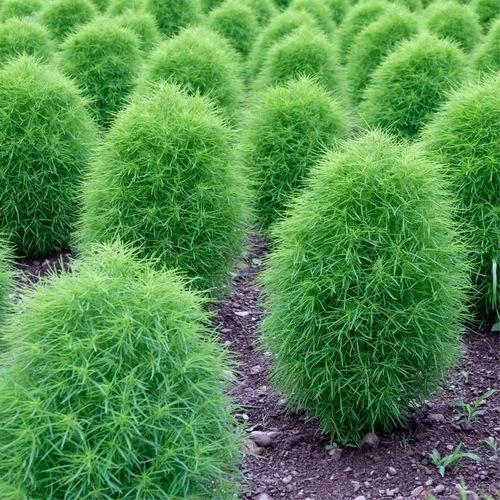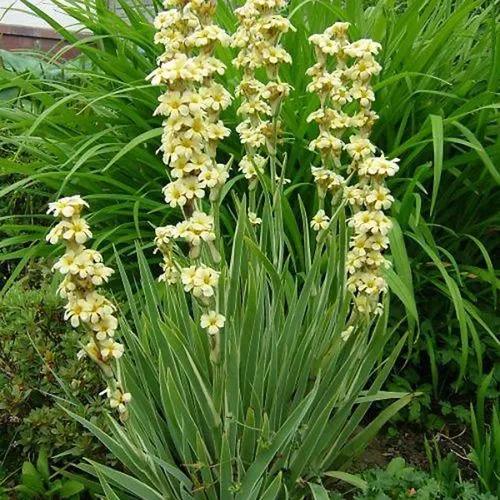Hordeum murinum is quite widespread and common. It flowers during May through July in mainly coastal areas. In the British Isles it is absent throughout most of Ireland and Scotland but is common in England and Wales. It can grow to 30 cm in height, and its unbranched spikes can reach 10 cm long. It produces small, dry nutlets and its leaves can be 8 mm wide with short, blunt ligules. It is an annual winter species whose seeds germinate and develop in the spring. It is also referred to as wall barley and are tetraploids. It is distinct from other species of the genus because of its morphology and molecular genetics.It is also distinct because of the barriers it has with the Hordeum taxa when it comes to its ability to cross with other species. Among its subspecies is included H. m. ssp. leporinum, known as hare barley.
Wall Barley Care
Hordeum murinum



Hordeum murinum is a ANNUAL growing to 0.5 m (1ft 8in). The species is hermaphrodite (has both male and female organs) and is pollinated by Wind. Suitable for: light (sandy), medium (loamy) and heavy (clay) soils and prefers well-drained soil. Suitable pH: acid, neutral and basic (alkaline) soils. It cannot grow in the shade. It prefers dry or moist soil.Herbaceous plant with a hollow trunk. Stems (8-) 15-30 (-70) cm, erect or ascending, glabrous. Leaf blades 26 x 1.5 cm blooms from February to May. The fruits of the grain are edible, but very small, hence the name of the plant - barley for mice.The seed, carried in florets, breaks from the head in groups of three. This dispersal unit consists of a central, fertile floret and two lateral, sterile florets. The glumes of the central spikelet and the inner glumes of the lateral spikelets are more or less broadened and flattened with hairs along their margin. (These ciliated glumes characterize this species and H. stebbinsii.) The floret of the central spikelet is on a pedicel usually as long as the pedicels of the lateral spikelets, but the awns of the central spikelet itself are shorter than the lateral awns. (This shorter central spikelet distinguishes H. leporinum from H. murinum.) The awn is 1.5 to 2.5 cm long, stiffly erect and spreading. Within the spikelet, the anthers are 0.8 to 1.5 mm long with a strongly bilobed base. Cocks et al. (1976) state that H. leporinum can be best distinguished from H. stebbinsii by the larger size of the anthers in the central floret, by the exertion of the anthers at flowering, and by a looser spike).
This plant is useful.
How to get rid of: Mulch the aisles. A great option is to spread the mowed grass left, for example, from the lawn, between the cultivated plants. But it must be laid in a thick layer of at least 5 cm - weeds cannot germinate through such mulch.
How to Care for the Plant

Popularity

620 people already have this plant 118 people have added this plant to their wishlists
Discover more plants with the list below
Popular articles






